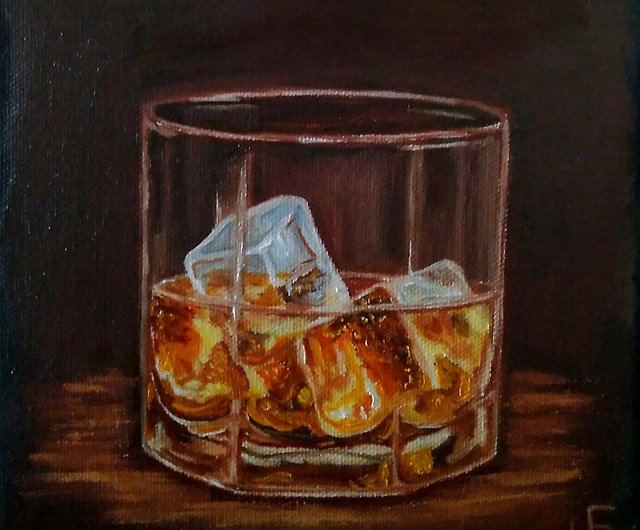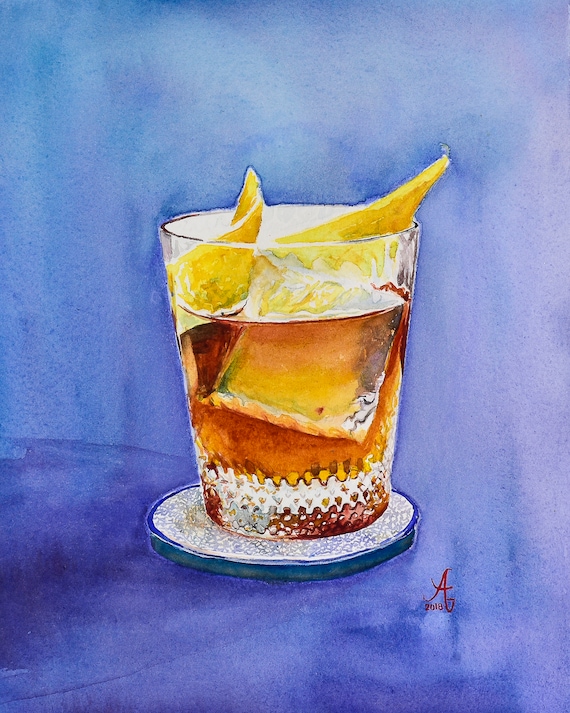Realism Art in the Whiskey Industry: Showing Moments of Distillation
Realism Art in the Whiskey Industry: Showing Moments of Distillation
Blog Article
The Importance of Whiskey Art in Celebrating Heritage and Workmanship in the Beverage Industry
The intricate connection in between whiskey art and the celebration of heritage and workmanship within the beverage sector can not be overemphasized. Via attentively made bottles and tags, scotch brand names encapsulate their historical origins and the artisanal skills that define their manufacturing methods. This imaginative measurement not only improves market appeal yet also works as a conduit for cultural narration, cultivating a deeper connection in between the craft and the customer. As we discover the numerous elements of this subject, interesting questions about the influence of modern-day fads on traditional practices occur, motivating further exam.
The Historic Origins of Whiskey
At the heart of whiskey's allure exists a rich tapestry of historic roots that map back to ancient people. The beginnings of bourbon can be connected to the purification methods of the Sumerians and Babylonians around 2000 BCE, where very early kinds of fermented grain beverages began to arise. It was in the Center Ages that the art of distillation progressed substantially, especially in Ireland and Scotland, leading to the production of whiskey as we understand it today.
The term "whiskey" itself derives from the Gaelic word "uisce beatha," indicating "water of life." This expression highlights the cultural importance of whiskey in Celtic societies, where it was commonly related to rituals, celebrations, and public bonding. By the 15th century, distillation came to be a recognized craft within monastic areas, leading the way for the facility of legal distilleries.
As trade paths expanded, bourbon's appeal expanded, going beyond local borders and catching the interest of aficionados worldwide. Bourbon Art. This historical journey mirrors not only the workmanship behind whiskey production yet likewise its integral function in social and cultural contexts, marking it as a significant beverage throughout background
Artistic Expression in Branding
Scotch branding stands as a compelling intersection of creativity and commerce, where visual identity plays an essential role in shaping customer perception. The visual appeals of whiskey tags, packaging, and advertising materials show not only the brand name's story but also its core worths and heritage. Via creative expression, distilleries convey a narrative that resonates with customers, stimulating emotions and triggering connections.
Using color, typography, and imagery in branding offers to set apart products in a saturated market. For instance, standard motifs may evoke a sense of authenticity and workmanship, while modern layouts can symbolize advancement and forward-thinking. This calculated artistic direction improves brand recognition and commitment, allowing customers to build a personal connection with the whiskey they pick.
In addition, artistic expression in branding often functions as an event of regional heritage. Distilleries frequently incorporate local symbols or historical referrals into their layouts, producing a sense of area that invites consumers to take part in a wider cultural experience. Ultimately, the artistry behind whiskey branding not only enhances aesthetic appeal however likewise enhances the general narrative of the brand, fostering a deeper recognition for the craftsmanship and heritage ingrained in each container.
Workmanship in Bottle Style
The artistry obvious in scotch branding prolongs beyond aesthetic identity to include the workmanship involved in bottle style. Each bottle acts as a vessel not just for the spirit within, yet additionally for the tale it tells about its top quality, beginning, and custom. The style process requires meticulous attention to information, as components such as closure, material, and shape contribute dramatically to the total perception of the bourbon.
Workmanship in bottle style involves choosing top notch glass that can enhance the whiskey's shade and clarity, while also providing a responsive experience for the consumer. The silhouette of the container need to be both visually enticing and useful, commonly mirroring the heritage of the brand name. Numerous distilleries select special shapes or embossed logo designs that stimulate a feeling of authenticity and history.
Moreover, the label design and typography play an essential duty in communicating the brand's story. Whiskey Art. A well-crafted container not just captivates the consumer's eye however additionally enhances the brand's commitment to high quality and tradition. This way, the workmanship of container design becomes a vital aspect of the bourbon experience, combining artistry with an extensive regard for heritage
Social Significance of Scotch Art
Celebrating tradition and craftsmanship, the look at here now cultural significance of scotch art transcends mere aesthetic appeals, linking with the social and historical narratives of the areas from which it stems. Each bottle acts as a canvas, depicting the unique stories, folklore, and customs that have shaped local whiskey-making practices. The intricate layouts often mirror the heritage of the distillers, integrating signs and concepts that resonate with the society and worths of their communities.

In addition, whiskey art plays an important duty in public celebrations and parties, functioning as a substantial web link in between individuals and their shared experiences. By valuing the creativity in bourbon product packaging, consumers cultivate a deeper understanding and respect for the craft, ultimately enriching their satisfaction of the drink itself.
Modern Trends in Bourbon Presentation
In recent times, the presentation of scotch has actually developed to mirror modern tastes and patterns while still honoring standard workmanship - Bourbon Art. Distilleries are significantly focusing on aesthetic elements that enhance the overall drinking experience, linking the void between heritage and modernity
Cutting-edge bottle designs have actually emerged, usually incorporating lasting products and creative labels that inform engaging tales. Many brands now work together with regional artists, infusing their items with distinct aesthetic expressions that reverberate with customers. In addition, limited-edition releases are usually packaged in collectible containers, adding value and charm for lovers.

Conclusion
In final thought, bourbon art offers as an important avenue over at this website for sharing the heritage and workmanship intrinsic in the beverage market. Through intricate branding, cutting-edge bottle layouts, and culturally considerable imaginative elements, scotch brand names successfully honor their traditions and attach with customers.


Craftsmanship in container style image source involves selecting high-grade glass that can boost the bourbon's color and clarity, while also providing a responsive experience for the customer. In this means, the workmanship of container design comes to be an essential facet of the scotch experience, merging artistry with an extensive regard for heritage.
In conclusion, scotch art offers as an important conduit for sharing the heritage and workmanship intrinsic in the drink sector.
Report this page